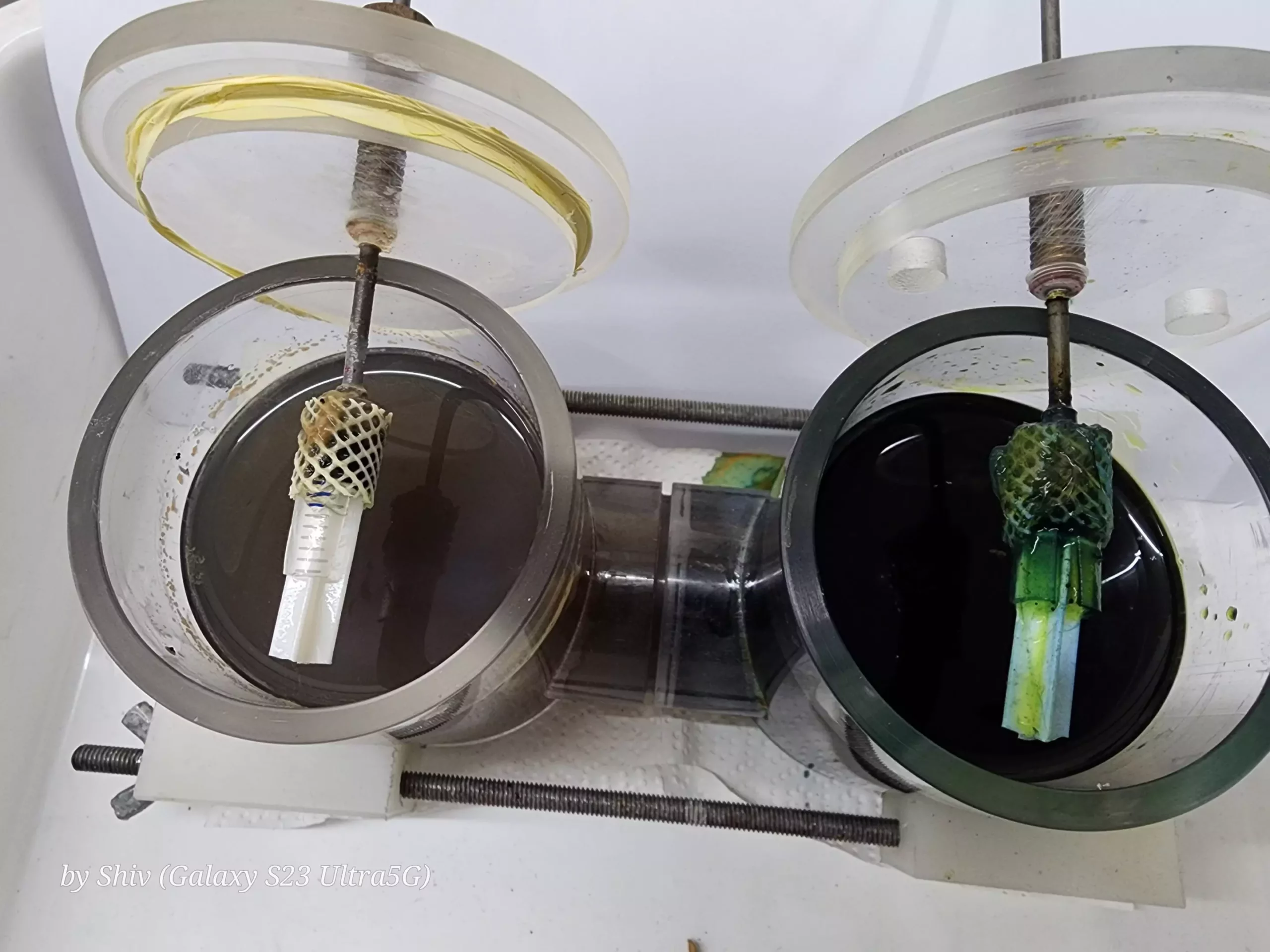In the pursuit of innovative solutions for pressing environmental issues, researchers are increasingly turning their attention to alternative approaches that can transform waste into valuable resources. Among the most promising technologies in this realm are microbial fuel cells (MFCs), a fascinating technology that utilizes microorganisms to convert organic waste into electricity. A recent study in the Chemical Engineering Journal has provided important insights regarding the integration of capacitive electrodes into MFC systems, offering a glimpse into the ground-breaking potential of these systems to simultaneously tackle waste management and energy generation.
The Power of Microbial Fuel Cells
Microbial fuel cells represent a unique intersection of biology and technology. These systems harness the metabolic activities of microorganisms—primarily bacteria residing in wastewater—to generate electricity. By converting waste into a source of power, MFCs serve a dual purpose: they treat wastewater effectively while producing energy. This dual functionality is critical, especially in a world seeking sustainable solutions to both energy generation and environmental remediation.
The recent study highlights advancements made by incorporating novel capacitive electrodes—specifically NiO-N-CNF/ACB electrodes—into the MFC system. These cutting-edge materials have demonstrated significant enhancements in both power output and wastewater treatment efficacy. Specifically, the incorporation of these electrodes has led to remarkable outcomes, achieving an open-circuit potential (OCP) of 0.8 V alongside a power density of 2,900 mW per cubic meter.
What sets the NiO-N-CNF/ACB electrodes apart from traditional materials is their unique structural properties that optimize interactions with wastewater. These electrodes effectively promote the growth of an electroactive biofilm—a critical component responsible for electron transfer and thus, electricity production. As the biofilm thickens, it increases the surface area for electron capture, akin to adding more batteries into a circuit. This increase in power generation efficiency directly correlates with the biofilm’s thickness and activity levels.
Furthermore, the performance of these electrodes is tied to the combination of nickel oxide (NiO) and graphitic carbon nanofibers (CNF), which facilitate superior electron transfer. This synergy enhances the overall performance of microbial fuel cells, enabling better utilization of the organic matter present in wastewater. The biocompatibility of these materials ensures that they work in harmony with the microorganisms in the system, leading to effective and stable electricity production.
An impactful aspect of this technology is its ability to mitigate the energy-intensive processes typically associated with conventional wastewater treatment facilities (ETPs). Incorporating capacitive microbial fuel cells into these systems could potentially reduce energy consumption costs, making them increasingly economically viable. The study showed a substantial 74% reduction in chemical oxygen demand (COD), indicating a drastic decrease in organic pollutants in the treated water. This bodes well not just for operational efficiency but also for improving environmental quality by returning cleaner water to ecosystems.
Moreover, the identification of specific bacterial strains such as Raoultella ornithinolytica and Serratia marcescens that thrive within these biofilms offers a valuable avenue for further optimization of MFC performance. By understanding the dynamics of these microbial communities, researchers can fine-tune MFCs to maximize both power generation and wastewater treatment capability.
The implications of such advancements extend far beyond mere technical improvements. The potential integration of highly efficient MFCs into urban infrastructure could reshape our understanding of waste management and energy sustainability. Picture wastewater treatment plants that not only purify water but also generate sufficient electricity to power their operations and contribute energy back to the grid.
This initiative packs significant promise for a world increasingly burdened by energy shortages and environmental degradation. As researchers continue to explore and refine the use of NiO-N-CNF/ACB electrodes in microbial fuel cells, they can unlock even greater efficiencies, making this technology a cornerstone of future sustainable practices.
The trajectory of research on microbial fuel cells, especially with the advancements in capacitive electrode materials, suggests a paradigm shift in how we perceive and manage waste. Rather than viewing waste as an insurmountable problem, we can begin to recognize it as a vital resource that holds the key to generating clean, renewable energy. With initiatives like these, we are not just envisioning a sustainable future; we are actively constructing it. The crossroads of clean energy and effective waste management showcased by microbial fuel cells could very well lead us to a greener and more sustainable world.


Leave a Reply